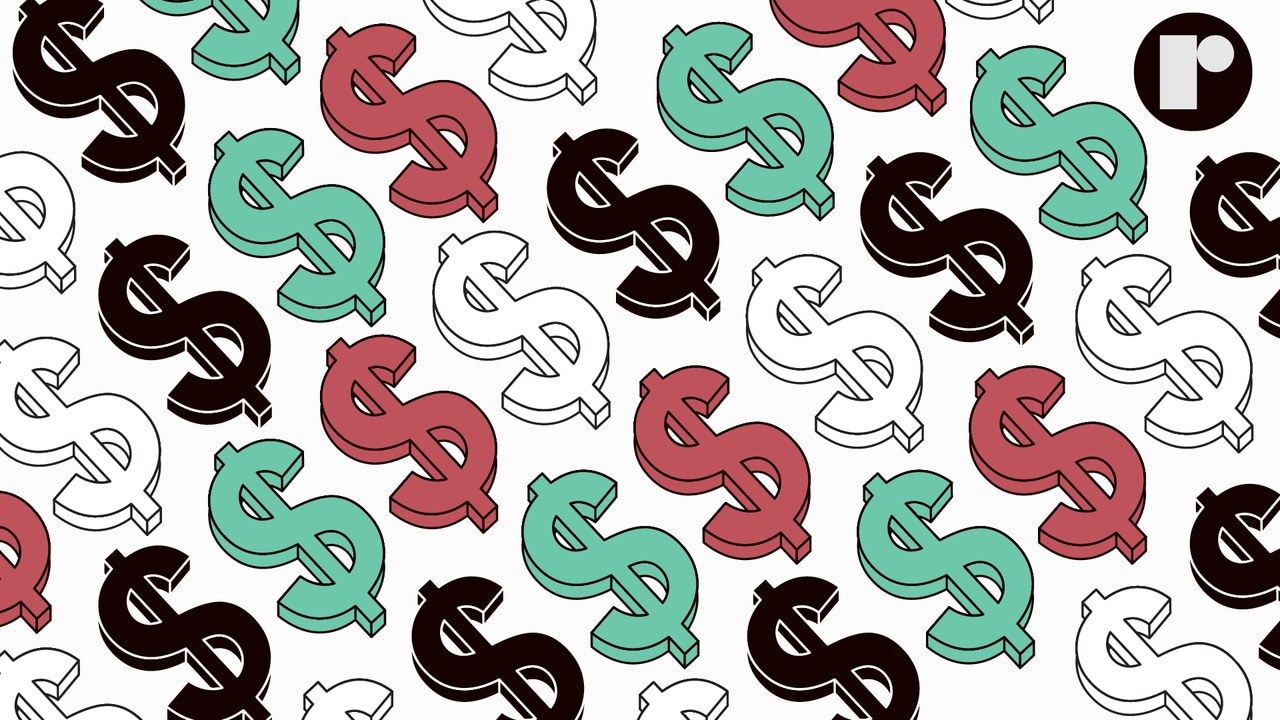5 student loan debt myths â busted
Student loan debt forgiveness has been the subject of a lot of talk for the past three years, leaving many borrowers with questions about what’s true and false. Here are five common myths on student loan debt.
Myth: “I’ll have to pay on past interest from my paused loans”
If you have federal student loans that have been paused since March 2020 by the U.S. Department of Education, there is no current plan that borrowers will have to pay interest from the last three years.
Although come September 1, when the payment pause officially ends, federal borrowers will again see interest accrue on their loans, with payments resuming in October.
After October 1, whether you start paying back your loans or not, the interest will continue. Interest is also charged during and after a forbearance, delinquency or default.
Myth: “If I don’t pay my student loans back my credit won’t be impacted”
Student loans can impact your credit similarly to other loans, but student loan servicers offer an ounce more grace before reporting borrowers for making late payments or not making any at all.
If you have not paid your loan in 30 days, late fees will be applied to your balance.
After 90 days, federal student loan servicers will report delinquencies to major national credit bureaus, but private lenders will report borrowers after 30 days — Equifax, TransUnion and Experian. When this delinquency is reported it has the power to knock a lot of points off your credit score. Experts say the higher your initial credit score, the larger the point deduction will be.
After 270 days of missed student loan debt payments, most federal loans will enter into default.
Myth: “My loans are discharged when my college or university closes”
Borrowers who were enrolled at a college or university that recently closed, were on an approved leave of absence or they withdrew 180 days before the school closed could be eligible for the discharge of their federal student loans.
Loan discharge isn’t always possible and puts borrowers in the position to give up the opportunity to transfer any credits from that college or university to another in the future.
In order to apply for closed school loan discharge, you must obtain a copy of your academic and financial aid records and be prepared to submit them to the U.S. Department of Education.
Myth: “Young adults are the only borrowers struggling to pay back their loans”
With more than 43 million Americans living with student loans, this crisis affects a range of generations struggling to repay their debt.
While young borrowers like Gen Z (1997 to 2012) will have to contend with higher monthly bills and the immediate shock from the payment pause ending, Gen X (1965 to 1980) still holds the largest share of federal student debt, with an outstanding amount of $525.3 billion. Millennials (1981 and 1996) came in second, collectively owing $482.4 billion in student loans.
A study by the Center for Household Financial Stability even said millennials were at risk of becoming the “lost generation” for accumulating wealth because of their student loans.
While millennials struggle with accumulating wealth, members of Gen X (people born between 1965 and 1981) hold the largest share of federal student loan debt in the country, $525.3 billion with millennials coming in at a close second, owing $482.4 billion in student loans.
Myth: “There isn’t a weekly newsletter with updates on student loan debt”
Each Thursday, Reckon’s reporter Alexis Wray publishes Broke & Bothered, a newsletter highlighting important news and information about student loans, elevating the voices of borrowers from across the country who are living under the weight of this debt and providing solutions for how readers can take action in addressing the student loan debt crisis.
Subscribe to Broke & Bothered here.
–
Borrowers are worried about the future of affording and paying back their student loans. Are you one of them? Share your story and thoughts here with Reckon.
